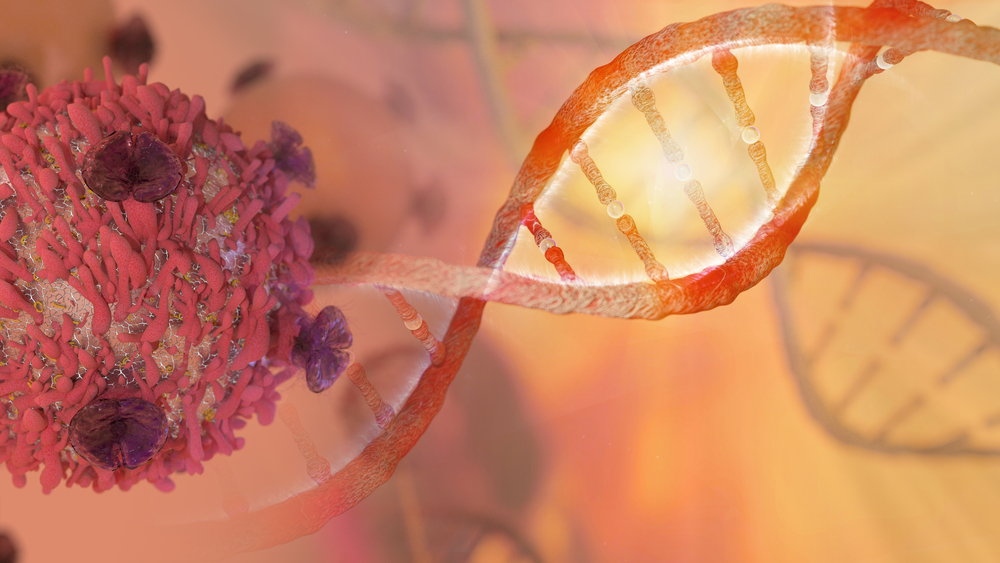TxCell Will Discuss Using Computer Simulations to Optimize Its Lupus Nephritis Immunotherapy
Written by |

TxCell will do two presentations in Boston on its use of computer simulations to pack the most punch into the gene therapy it has developed against the kidney disease lupus nephritis and other autoimmune disorders.
The immunotherapy approach involves engineering patients’ own regulatory T-cells, or CAR-Tregs, to ward off the diseases. The presentations, one of them a talk and the other a poster session, will be at the CAR-TCR Summit, Sept. 5–8.
Dr. Li Zhou, TxCell’s vice president of cell engineering, will deliver the oral presentation. It will be titled “Designing the next generation Chimeric Antigen Receptors for Regulatory T cell therapy through in silico modeling-guided single chain Fv engineering.”
Both presentations will focus on using computer simulations to optimize CAR-Treg therapy. The simulations are helping TxCell decide which part of the disease-related proteins to target for maximum effectiveness.
“Participating in the CAR-TCR Summit provides us the opportunity to highlight our advanced CAR-Treg optimization approach,” Dr. François Meyer, the chairman of TxCell’s board, said in a press release.
“Over the past 12 months, we have achieved significant progress in building a robust CAR-Treg discovery platform, which we intend to further leverage to develop novel therapeutics,” he added.
Doctors are using gene therapy to treat a number of diseases, but the approach’s use against cancer has drawn the most attention. That approach involves using chimeric antigen receptor T-cells, or CAR T-cells, to fight a tumor.
TxCell’s regulatory T-cell therapy takes the CAR approach a step further.
Gene therapies involve genetically modifying a patient’s immune cells so that they become better at fighting a disease. Researchers gather immune cells from a patient, modify them in a lab, let them multiply, then inject them back into the patient.
Computer simulation allows researchers to evaluate the most optimal design for dealing with the part of the receptor that interacts with disease-specific structures.
In early steps of therapy development, researchers test the cells in lab dishes and then animal models. In this way, they can ensure that the basic features of the engineered cells are working as intended.
“Optimizing the scFv sequence [which recognizes disease-related molecules] is one step in this process, and we look forward to presenting further in vitro [lab] and in vivo [animal] data at other scientific conferences by the end of 2017,” Meyer said.
In April 2017, TxCell announced that it would collaborate with researchers at the Ospedale San Raffaele in Italy on preclinical-trial studies of its therapy — a step that would be needed before clinical trials in humans can be done. Among other things, the pre-trial studies will look at how the modified cells interact with their intended targets and potentially toxic effects of the treatment.




